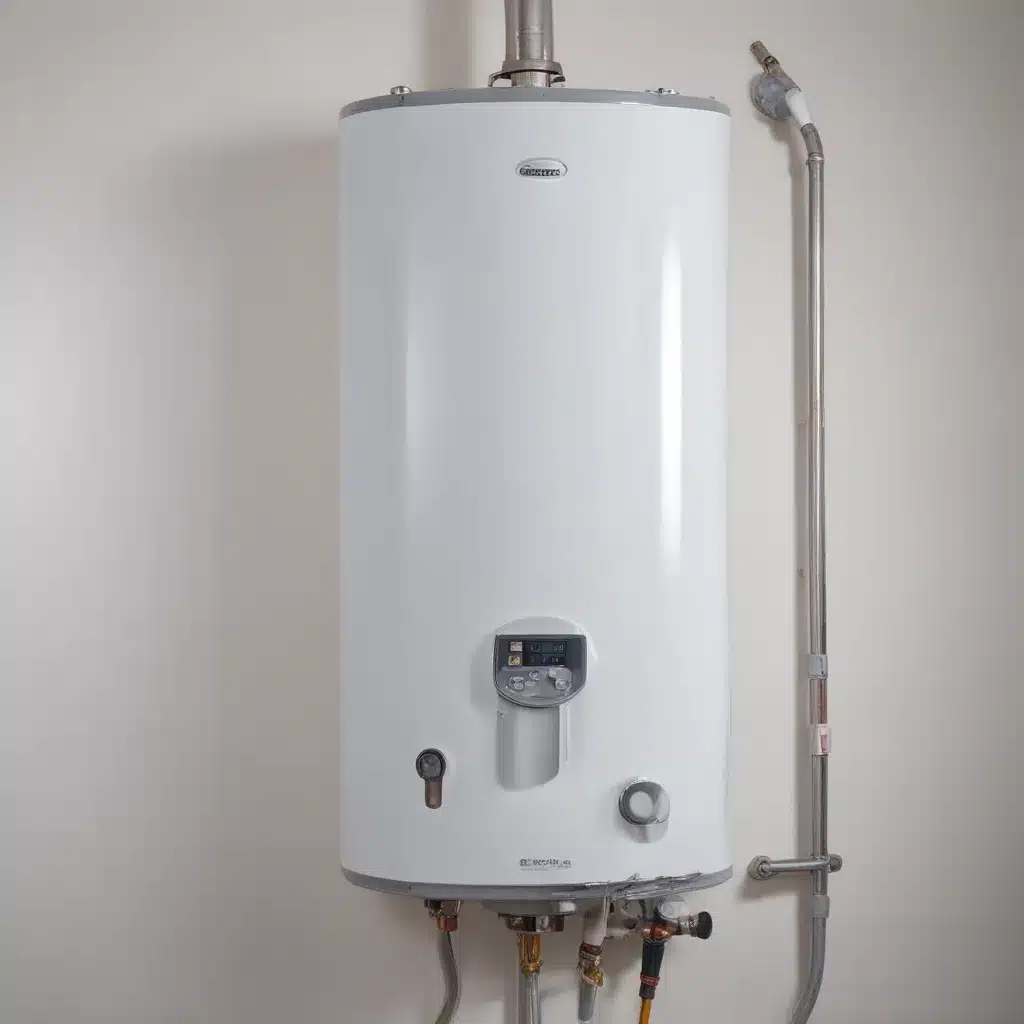
As an experienced water heater specialist, I’m excited to share insights on preventing Legionella growth in hybrid water heaters using innovative thermal disinfection methods. Hybrid water heaters have become increasingly popular due to their energy-efficient design, but they also present unique challenges when it comes to controlling the growth of waterborne pathogens like Legionella.
Now, this might seem counterintuitive when dealing with water heaters…
Legionella bacteria thrive in warm, stagnant water – precisely the conditions that can occur in hybrid water heater systems if not properly maintained. Luckily, there are several effective thermal disinfection techniques that water heater pick specialists can employ to keep Legionella at bay.
Temperature Control: The Paramount Legionella Prevention Strategy
Maintaining hot water temperatures outside Legionella’s preferred growth range of 25°C to 43°C (77°F to 109°F) is the single most important strategy for controlling this pathogen in hybrid water heaters. Numerous field studies have demonstrated that setting the water heater outlet temperature to 60°C (140°F) or higher is highly effective at reducing Legionella positivity and Legionnaires’ disease cases.
Thermal control can be applied in two ways:
Preventive Approach: Maintain hot water temperatures consistently above 55°C (131°F) throughout the entire plumbing system, including the distal points of use. This prevents Legionella colonization and growth in the first place.
Curative Approach: Periodically apply a “heat shock” treatment by elevating temperatures to 60-70°C (140-158°F) for at least 30 minutes. This can help eradicate existing Legionella reservoirs, but repeated heat shocks can promote the emergence of heat-resistant strains.
Importantly, the temperature at the water heater outlet does not always translate to the actual temperature experienced at the tap. Factors like pipe insulation, water use patterns, and hydraulic design can significantly impact the delivered water temperature. Recirculation loops are critical in large buildings to double-check that hot water reaches distal points.
Disinfection: Leveraging On-Site Chemical Treatment
While temperature control is the foundation, many facilities also employ on-site disinfection to further manage Legionella risk. Popular disinfection methods include:
Chloramine: Numerous studies have found that monochloramine is more effective than free chlorine at controlling Legionella in building water systems. The reasons are not yet fully understood, but monochloramine may be more effective at penetrating biofilms and inactivating protozoan hosts.
Copper-Silver Ionization: This method introduces copper and silver ions into the water, which disrupt cell walls and DNA in Legionella. While effective when properly applied, copper-silver ionization can become less reliable over time, and there are concerns about potential development of resistance.
Ultraviolet (UV) Light: UV damages the DNA and proteins of microorganisms, preventing them from replicating. UV is often used in combination with other disinfectants, as it provides no residual protection.
The choice of disinfectant should consider factors like water chemistry, pipe materials, and the potential for disinfectant decay or interaction with the plumbing system. Maintaining adequate disinfectant levels throughout the entire building plumbing is critical for effective Legionella control.
Hydraulic Management: Optimizing Water Flow and Circulation
Proper hydraulic design and maintenance are essential for delivering both hot water and disinfectants effectively. Stagnation, dead legs, and unbalanced flows can undermine even the best temperature and disinfection regimes.
Key hydraulic considerations include:
- Minimizing dead ends and stagnant areas through proper plumbing layout and automated flushing
- Maintaining sufficient water velocity (e.g., at least 0.2 m/s) to prevent biofilm buildup
- Ensuring balanced flows between recirculation loops and distal points of use
Regular flushing of low-use areas can also help dislodge sediments and biofilms that harbor Legionella. Careful monitoring of temperature and disinfectant levels at multiple points in the system can identify hydraulic deficiencies.
Distal Device Management: Controlling Aerosols and Biofilms
Even with hot water and disinfectants circulating through the main plumbing, the distal devices like faucets, showerheads, and thermostatic mixing valves can still present significant Legionella risks. These components:
- Provide surfaces for biofilm formation and Legionella amplification
- Generate respirable aerosols that can transmit the bacteria
- Often experience lower water temperatures and disinfectant levels
Strategies for managing distal devices include:
- Selecting models made of materials resistant to biofilm growth
- Avoiding electronic and thermostatic mixing valves that create tepid water zones
- Installing point-of-use filters or UV disinfection to treat water immediately before it reaches the tap
- Implementing regular cleaning and disinfection protocols for these devices
Careful selection and maintenance of distal devices is critical for breaking the chain of Legionella transmission, even in well-designed hybrid water heater systems.
Emerging Innovations: Harnessing Microbial Ecology
While traditional engineering controls like temperature, disinfection, and hydraulics are essential, researchers are also exploring novel approaches that leverage microbial ecology to manage Legionella.
The concept of “probiotic” and “prebiotic” control aims to intentionally shape the building water microbiome to suppress Legionella growth. For example, limiting nutrients or introducing competing microbes that are less hospitable to Legionella and its protozoan hosts could disrupt the pathogen’s niche.
This is a promising but still emerging field that requires further research to translate lab findings into practical, scalable solutions for hybrid water heater systems and other building water applications. As our understanding of the complex interactions between Legionella, amoebae, and the broader microbial community continues to evolve, new and innovative control strategies are sure to emerge.
At water heater pick, we’re committed to staying at the forefront of Legionella prevention techniques for hybrid and other water heater systems. By combining proven engineering controls with an eye toward innovative ecological approaches, we can help double-check that the safety and reliability of these energy-efficient appliances. Visit waterheaterpick.com to learn more about our water heater expertise and solutions.
Tip: Flush your water heater tank at least once per year

